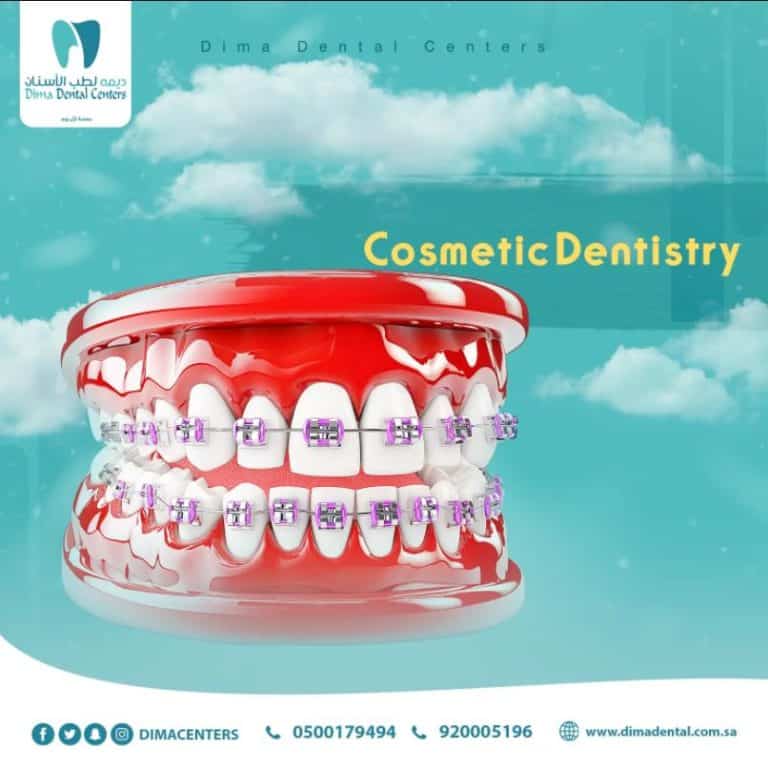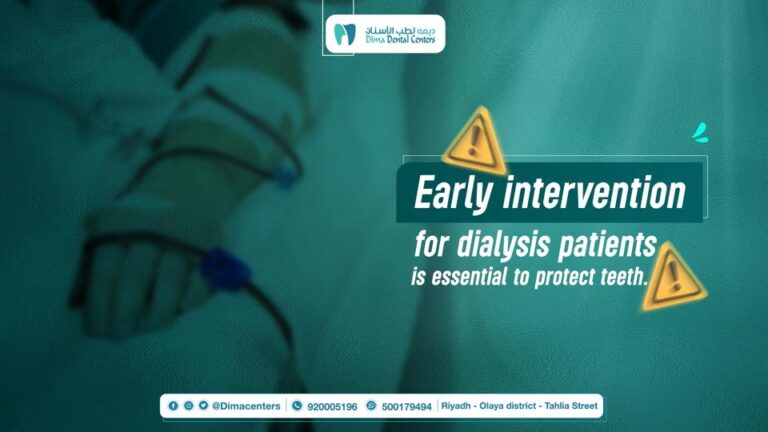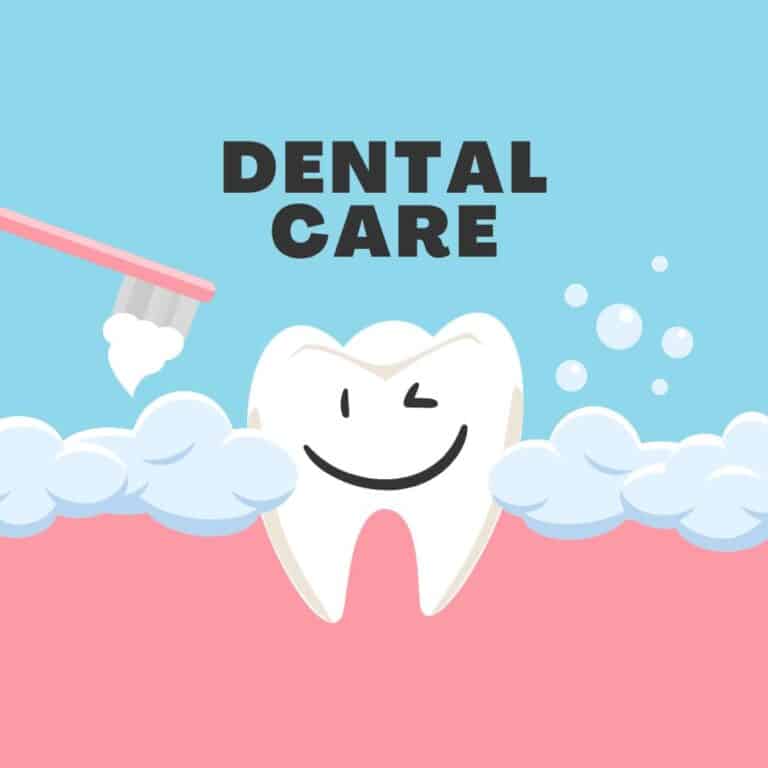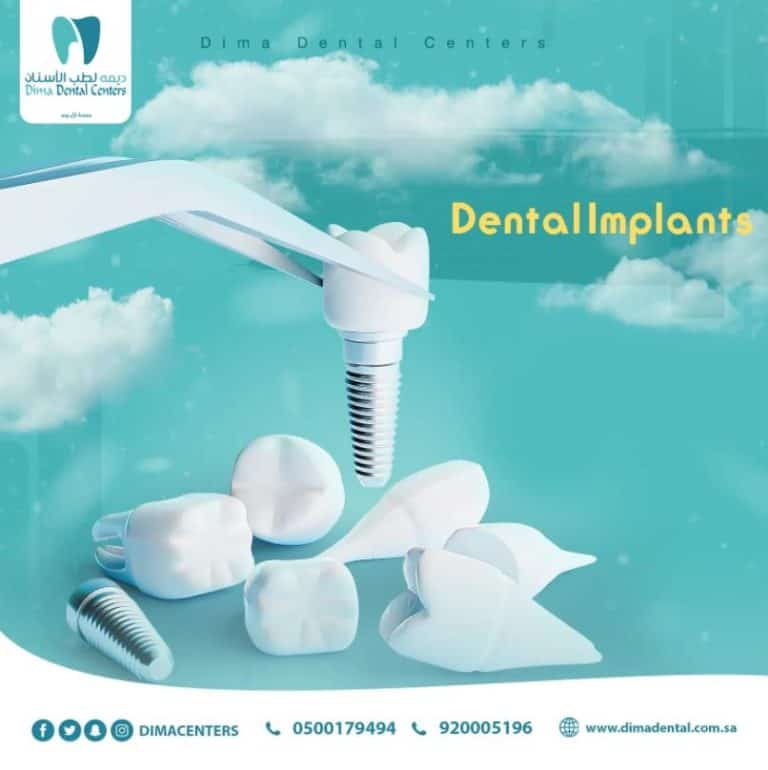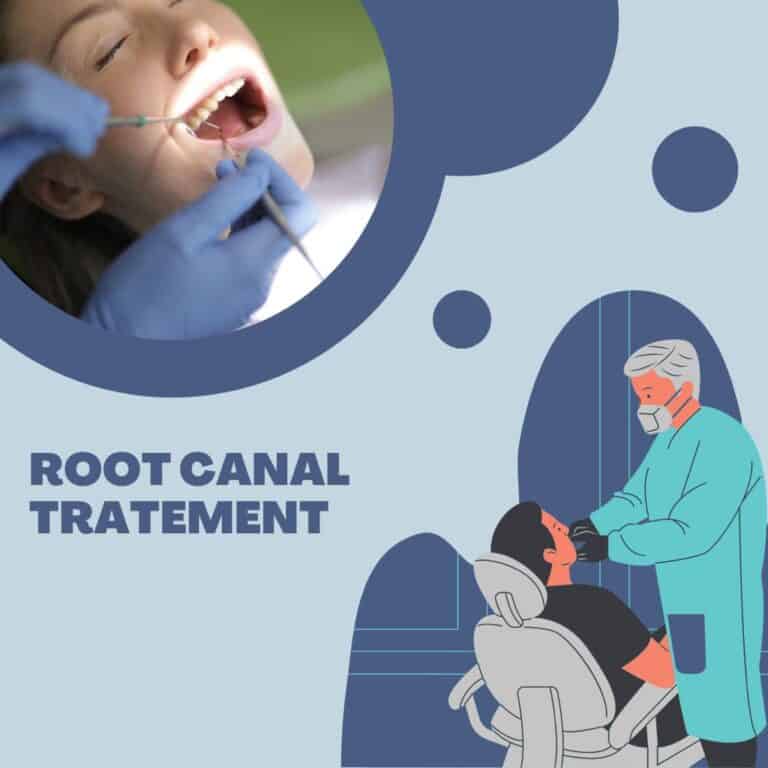When is the use of full anesthesia necessary in dental clinics?
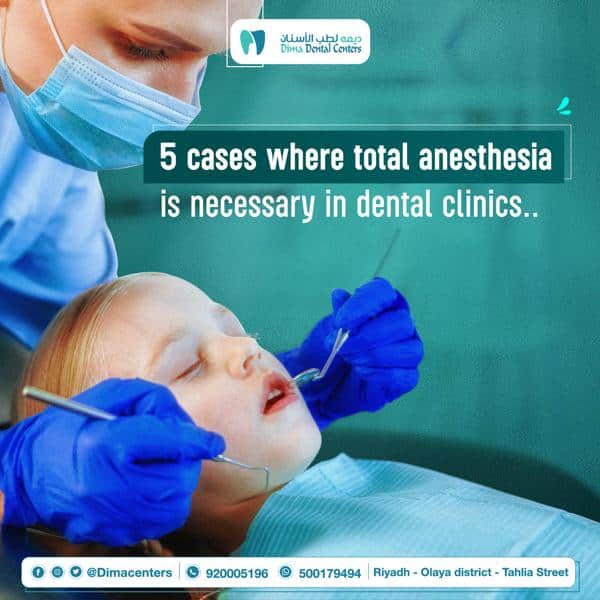
When is the use of full anesthesia necessary in dental clinics?
Full anesthesia of the teeth is a medical anesthesia process used by doctors in order to disable the motor and sensory sense in the upper and lower jaw, gums and tongue of the patient, which allows the dentist to perform surgeries or other operations inside the mouth without the patient feeling pain resulting from the operation, full anesthesia is applied to the teeth When dental and oral surgeries are required, such as an overcrowded tooth removal or surgery that involves manipulating the lateral bones of the mouth, general dental anesthesia can also be used to treat severe pain caused by decayed or infected teeth.
Complete anesthesia for dental treatment
There are several ways to use general dental anesthesia, but the most common method is hemorrhagic anesthesia, which is a method that is applied through internal injections to the upper lateral bone of the mouth.
Nerve anesthesia can also be used to numb the upper lateral bone nerve of the mouth, which is a type of anesthesia that is administered through injection into the upper lateral bone of the mouth or through injection into the inner bone of the mouth.
When applying full dental anesthesia, the patient must have had a complete assessment of his health by the dentist, and the level of anesthesia needed by each patient must be determined and the procedure performed safely.
The doctor must make sure that the patient has taken medications under the supervision of the dentist before the operation, and the patient must have taken the medications prescribed by the doctor to recover from anesthesia after the operation.
Although complete dental anesthesia is an ideal way to avoid pain in oral and dental surgeries, it carries certain risks.
The patient may experience pain resulting from anesthesia during the period he suffers from, and the patient may experience high blood pressure, sweating, or other symptoms resulting from anesthesia, and the patient may experience pain in the gums or side bones of the mouth after the operation.
Risks associated with general anesthesia during dental surgery
Dental surgery is one of the types of medical surgeries as it requires general anesthesia to avoid pain during the operation. However, everything related to anesthesia carries certain risks, and therefore the attending physician must evaluate the risks and benefits related to the use of general anesthesia before performing any operation.
Potential risks associated with general anesthesia during dental surgery include:
- Deterrence: leads to symptoms such as shortness of breath or extreme fatigue.
- Excessive sweating: Excessive sweating may occur during the operation, which leads to swelling in the treated area.
- Disorder: leads to the inability to control the muscles.
- Fainting: leads to muscular shock and swelling.
- Inflammation of the sinuses: resulting in severe fatigue and severe coughing.
- Tonsillitis: It can lead to irritation and severe pain in the tonsils.
Despite these risks, complete anesthesia is a reliable way to relieve pain during surgery, but the attending physician must ensure that the patient meets the necessary requirements for general anesthesia and that the operation is performed in a distinctly monitored environment by a trained and specialized medical team.
Instructions before general anesthesia for dental surgery
- The patient should follow the following instructions:
- Tell your dentist about all the medicines you take, and about any disease you suffered from in the past.
- Clean your mouth and teeth well before the operation.
- Do not eat any meal before the operation, and make sure that you have eaten an adequate meal before the hour in which the operation will take place.
- Do not take any unrecommended medications under a doctor’s supervision on the day the dentist performs the procedure.
- Contact the dentist if there are any questions or concerns before the operation.
- Bring with you all medical evidence and other medical documents that may be important to the dentist.
Complete anesthesia for pediatric dental treatment
Full orthodontic anesthesia is used for children who may not be able to tolerate normal orthodontic treatment, or who may have signs of swelling in the mouth as a result of pain or fear.
Full anesthesia is given in the clinic under the supervision of an anesthesiologist before the operation. The doctor must check the child’s medical record and review any medications the child is taking, and must ensure that the child does not suffer from any chronic disease.
When the operation is performed, the child is given a kind of internal anesthesia, and the medicine is chosen, its quantity and method of administration after a good analysis of the child’s health condition. When the operation is performed, the child is prepared for orthodontic treatment and the treatment itself is performed.
Types of dental anesthesia
There are many types of anesthesia used in dental treatment, namely:
- Regular anesthesia: This type of anesthesia is used to treat normal teeth, and it is applied using a special tissue that is massaged over the gums.
- Metal anesthesia: It is used to treat rough teeth, and it is applied using a metal that is massaged over the gums.
- Tonsil anesthesia: It is used to treat hard teeth, and it is applied using almonds suspended in the mouth.
- Compressed anesthesia: It is used to treat rough teeth, and it is applied using a compressed ball that is rubbed over the gums.
- Pneumatic anesthesia: a type of anesthesia used to treat teeth and is applied using compressed air that is massaged over the gums.
Each of these types is used to relieve pain resulting from dental surgery and what results from swelling and decay.
Intravenous methadolam anesthesia
Methadolam is a drug that is used to treat drug addiction, but it is not used to treat dental pain by inhalation. When methadolam is used as a drug for addiction, it is taken by salivary tablets or injections.
However, there are many other drugs that can be used to treat dental pain by inhalation, such as ferroside (Fentanyl) and metaforin (Morphine).
These drugs are used in clinics and hospitals to relieve pain from complex surgeries and to treat severe pain in disabled patients.
Tips after dental surgery
When dental surgery is performed, there are several tips that can be considered to return to normal and relieve pain and fatigue:
- Follow the medical instructions given by the dentist: These instructions include the medications used to relieve pain, the duration to be followed, and any contraindications to be avoided.
- Follow a moderate diet: Attention should be given to eating a moderate diet and avoiding preservatives and high carbohydrates.
- Clean the mouth after surgery: Careful cleaning of the mouth, clean tongue, and avoid eating food for the specified period.
- Ensuring adequate sleep: You should focus on getting enough sleep to compensate for the fatigue resulting from the surgery.
- Ensuring proper massage: Proper massage can relieve pain and fatigue resulting from surgery.
Although full anesthesia can be an effective treatment for orthodontic treatment and dental surgery, it must be used with caution and after a good analysis of the patient’s health condition, it must be known that it carries great relative risks, and therefore it must be deal with great care and contact a doctor specializing in anesthesia before performing with it.


